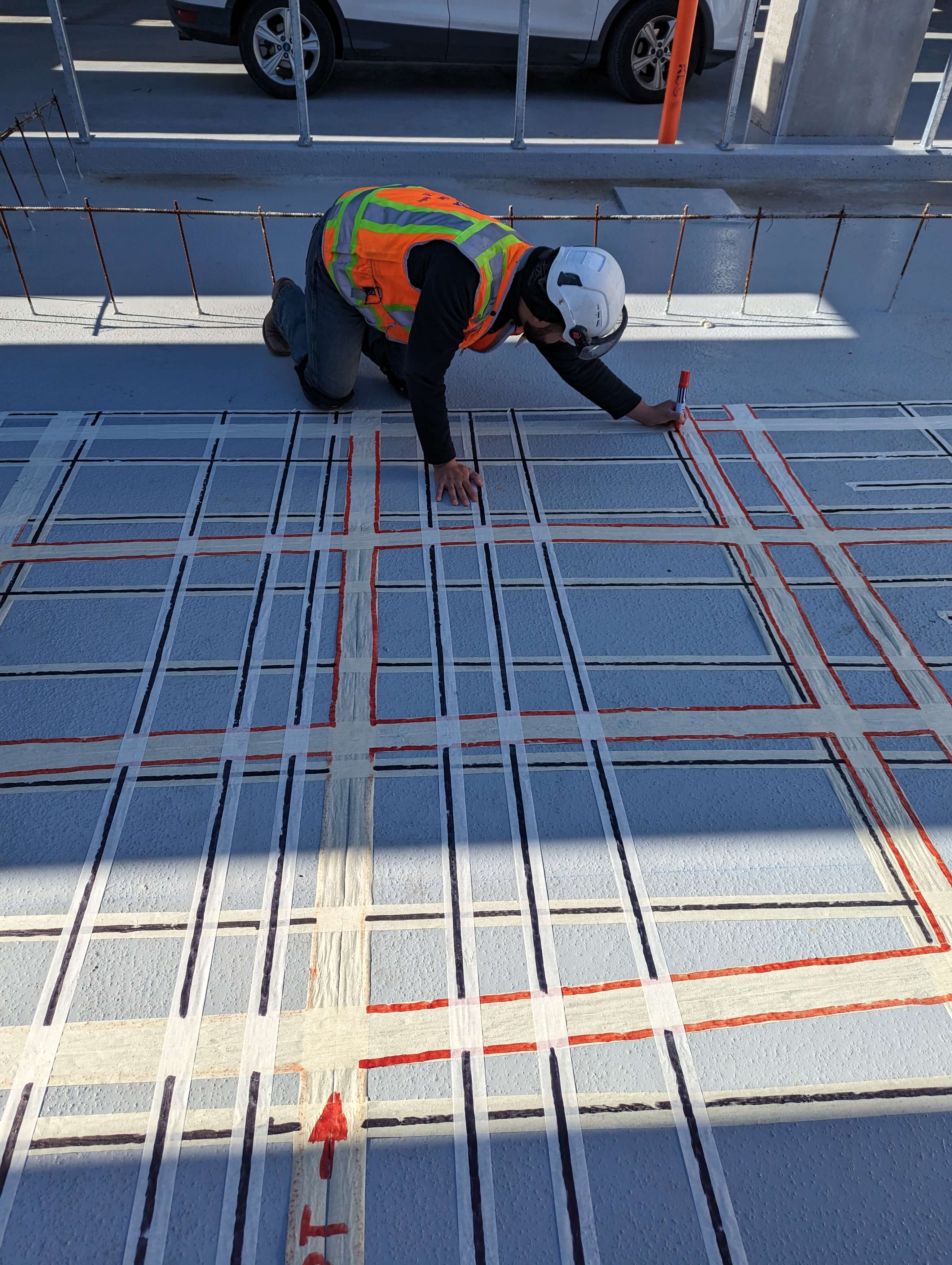Efficient Concrete Scanning Methods for Construction Projects
Efficient Concrete Scanning Methods for Construction Projects
Blog Article
Beyond the Surface Area: Leveraging Advanced Concrete Scanning Techniques for Unmatched Accuracy and Insight
In the world of building and infrastructure upkeep, the pursuit for accuracy and thoroughness is incessant. Advanced concrete scanning methods have become essential devices in this search, providing a peek beneath the surface to reveal a world of vital understandings. By taking advantage of advanced technologies, professionals can discover abnormalities, evaluate the problem of concrete structures, and make notified choices that shape the training course of projects. The effects of these techniques expand much beyond mere surface-level analyses, assuring a depth of accuracy and understanding that is unmatched.
Importance of Advanced Concrete Scanning
The importance of using sophisticated concrete scanning methods depends on the unequaled precision they offer for spotting sub-surface abnormalities and making certain structural integrity. By utilizing advanced innovations such as ground-penetrating radar (GPR), electro-magnetic induction, and advanced sonar imaging, building experts can dive beneath the surface area of concrete structures with a level of accuracy that far goes beyond conventional assessment approaches. Concrete Scanning. These techniques allow the recognition of concealed threats like rebar deterioration, gaps, avenues, or post-tension cords that could compromise the security and security of a structure gradually
In addition, advanced concrete scanning offers invaluable understandings right into the general problem of a concrete aspect without the requirement for intrusive actions, minimizing the threat of creating damage throughout the evaluation procedure. The capacity to pinpoint the specific location and deepness of prospective problems permits targeted repair services and maintenance, inevitably prolonging the life expectancy of the framework and maximizing its efficiency. In essence, the significance of advanced concrete scanning can not be overstated in the world of building and framework upkeep, where accuracy and integrity are vital.
Kinds Of Cutting-Edge Technologies

Anomalies and Flaw Detection

In addition to GPR, concrete scanning methods like thermography and impact-echo testing are likewise effective in detecting anomalies and issues. By leveraging these advanced techniques, experts can proactively deal with structural problems, ensuring the longevity and security of concrete frameworks.
Assessing Concrete Problem
How can go to the website engineers precisely evaluate the problem of concrete frameworks to ensure their longevity and safety? Numerous innovative concrete scanning methods are utilized for this purpose. Ground-penetrating radar (GPR) is commonly utilized to analyze the interior framework of concrete, spotting voids, splits, and various other abnormalities that might compromise its stamina.
Additionally, visual assessment continues to be an essential part of concrete problem assessment. Designers aesthetically analyze the surface for indicators of wear and tear, such as spalling, breaking, or discoloration. Integrating non-destructive screening techniques with aesthetic evaluations enables a detailed evaluation of concrete condition, allowing designers to identify prospective concerns early and apply timely maintenance or fixings. By leveraging click here to find out more these sophisticated methods, designers can make sure the lasting durability and safety and security of concrete frameworks.
Enhancing Decision-Making Processes
In the realm of infrastructure monitoring, enhancing decision-making procedures is necessary for guaranteeing the effective maintenance and long life of concrete frameworks. Improved decision-making procedures in concrete management entail utilizing innovative scanning techniques to gather detailed information on the condition of structures. By leveraging technologies such as ground-penetrating radar and 3D imaging, stakeholders can make informed decisions relating to repair, replacement, or support techniques.
These advanced scanning techniques offer invaluable understandings into the interior make-up of concrete, recognizing potential issues such as spaces, splits, or corrosion that might not show up on the surface area. This level of thorough information permits proactive upkeep planning, decreasing the threat of architectural failures and increasing the total life expectancy of concrete frameworks.
In addition, by incorporating digital documents and analysis devices into the decision-making process, stakeholders can track the advancement of concrete conditions with time, making it possible for predictive maintenance methods and optimizing source allotment. Eventually, the assimilation of advanced concrete scanning methods boosts decision-making processes by giving unrivaled precision, insight, and effectiveness in facilities monitoring.
Conclusion
In verdict, advanced concrete scanning methods supply unequaled precision and understanding in finding abnormalities, problems, and analyzing the problem of concrete structures. By leveraging cutting-edge modern technologies, decision-making procedures can be boosted, causing more educated and effective remedies for keeping and fixing concrete framework. These methods play a vital function in making certain the security and durability of concrete structures, making them an important device in the field of building and design.
Additionally, progressed concrete scanning gives vital understandings right into the general condition of a concrete element without the requirement for intrusive procedures, lessening the threat of triggering damage during the evaluation procedure - Concrete Scanning. An additional ingenious technology is 3D X-ray scanning, which gives thorough images of the internal framework of concrete, providing useful information without the need for damaging testing. Furthermore, Concrete Cover Meters are utilized to measure the density of concrete cover over reinforcement bars precisely. Enhanced decision-making procedures see this site in concrete monitoring involve using advanced scanning strategies to gather comprehensive data on the condition of structures.In verdict, advanced concrete scanning techniques supply unequaled precision and insight in finding abnormalities, issues, and assessing the condition of concrete frameworks
Report this page